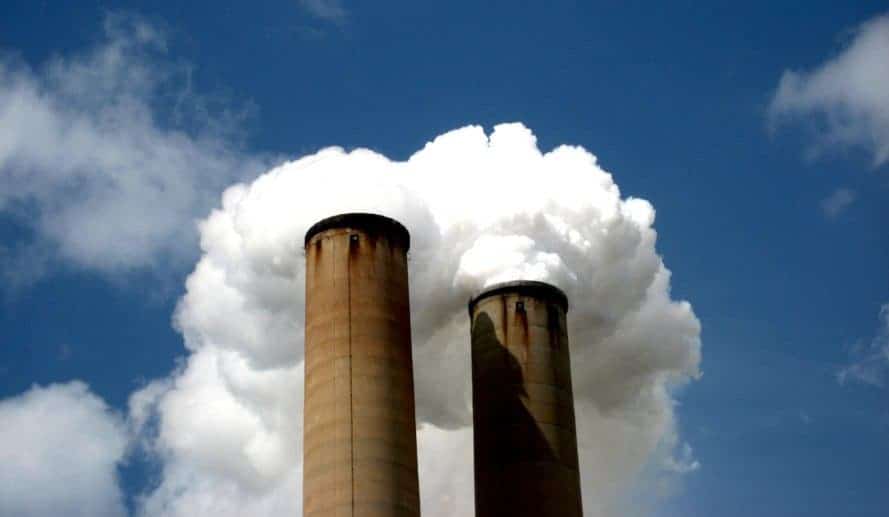Clean energy sources such as bioenergy, wind, solar, and hydro have generated 40% of the electricity in Europe in the first half of the year, the first time such a figure is reached. Renewables appear to overtake fossil fuels, which generated 34% of the electricity in the European bloc.

The independent think-tank Ember published its half-yearly report, which showed Europe’s long goodbye to coal is finally speeding up. The transition is being helped by the rise of wind and solar power, as well as the energy policy that has priced the fossil fuels out of many European markets.
“This marks a symbolic moment in the transition of Europe’s electricity sector. Renewables generated more electricity than fossil fuels, driven by wind and solar replacing coal. That’s fast progress from just nine years ago when fossil fuels generated twice as much as renewables,” Dave Jones, an electricity analyst at Ember, said in a press release.
Green energy rose by 11% while fossil fuels fell by 18% in the first six months of the year in Europe, according to the findings, which argued the larger share of renewables was driven by new wind and solar installations and favorable weather conditions across the continent.
This also becomes evident when looking at each power source. Wind was +11%, solar +16%, hydro +12%, and bioenergy only +1%. Meanwhile, coal was -32% and natural gas was -6%. Every EU country that still uses coal saw a fall in coal generation. Germany led in absolute terms with a 39% drop, followed by Poland (12%) and Czech Republic (20%). These are encouraging figures for Europe’s climate future.
The findings by Ember were reinforced by Global Energy Monitor researchers, who predicted a record rate of closures globally this year. The pace of coal plant closures in Spain, with 69% of the entire fleet to be shuttered between 2020 and 2021, has no precedent, Global Energy Monitor Programme Director Christine Shearer told Reuters. Adding renewable energy doesn’t do anything unless fossil plants are shut down, but many European countries have increased their efforts on coal. Austria, closed its last coal plant having closed in April, Belgium was the first EU country to become coal-free, Denmark is set to phase out coal in 2030, France committed to close its last plant by 2022, and Greece will do the same by 2028.
Still, there are several European countries with no clear closure plan for their plants, mainly located in central and Eastern Europe. This includes Turkey, which wants to increase coal capacity to 30GW by 2023, Slovenia, which added six new plants in 2016, Romania and Poland, both with aging coal power plants. Overall though, the share of energy from renewable sources in gross final consumption of energy was 18% in 2018, up from 8.5% in 2008.
Speaking in a recent online conference, former US Vice President Al Gore said to be encouraged by the fact that many economic stimulus plans across the globe amid the pandemic are focused on carbon reduction. This shows the world has crossed a threshold “beyond which it is ever clearer that sustainable technologies are cheaper and better,” he argued. The United Nations Secretary-General Antonio Guterres has asked countries to stop financing the coal industry in order to have a more sustainable future. He questioned those that have spent more money supporting fossil fuels than renewables amid the pandemic.
A study this year by the financial think tank Carbon Tracker showed coal developers could end up losing up to $600 billion as renewable energy is now cheaper than coal energy in many countries. More than 60% of the coal power plants operating across the globe generate electricity at higher costs than it could be produced by using renewables.


